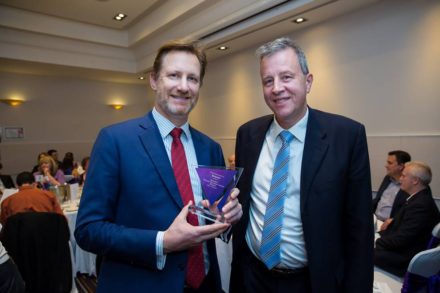With thanks to Dr Craig Cormick, President, Australian Science Communicators
So it was pretty awesome watching Dr Jenny Graves win this year’s Prime Minister’s Prize for Science at Parliament House. Not only because she is the first female to win the prize in her own right, not only because she is still being busily active at 75, and not only for her erudite and playful approach to science (and not only for the elegant way host Dr Jonica Newby threw a subtle same-sex marriage line to the PM – ‘Yes, Prime Minister!’).
Dr Graves is a science communicator’s dream, as she shares not only her passion for science but knows how to tell a good story. And her work has covered some great stories. She has
- Told us that the Y chromosome is slowly disappearing (sorry fellahs),
- determined the relatively recent origin of the human XY sex chromosome system;
- collaboratively shown how temperature increases can lead to the bearded dragon lizard changing sex.
- Been a pioneer of our understanding of genomic and epigenetics.
In addition to her scientific achievements Dr Graves has been the Secretary of Education at the Australian Academy of Science, promoting science education, and has been a role model for girls and women in science, promoting gender equity.
It would be nice to think that every scientist who wins a major prize like this is as accomplished at communication – rather than having stamped on their file ‘Not to be let out in public!’ Though in the years I have been attending the awards ceremony there have been an overwhelming preponderance of good communicators standing at the podium accepting the main Prize for Science.
I can’t say the same for all the politicians charged with representing the science sector – some looking distinctly uncomfortable in a room full of scientists. But it was good to hear Prime Minister Malcolm Turnbull spruiking science and innovation to a receptive audience for once.
I sometimes worry that many members of cabinet are as reluctant to hold a serious discussion about science and innovation as they are on same-sex marriage.
‘Yes, Prime Minister!’

